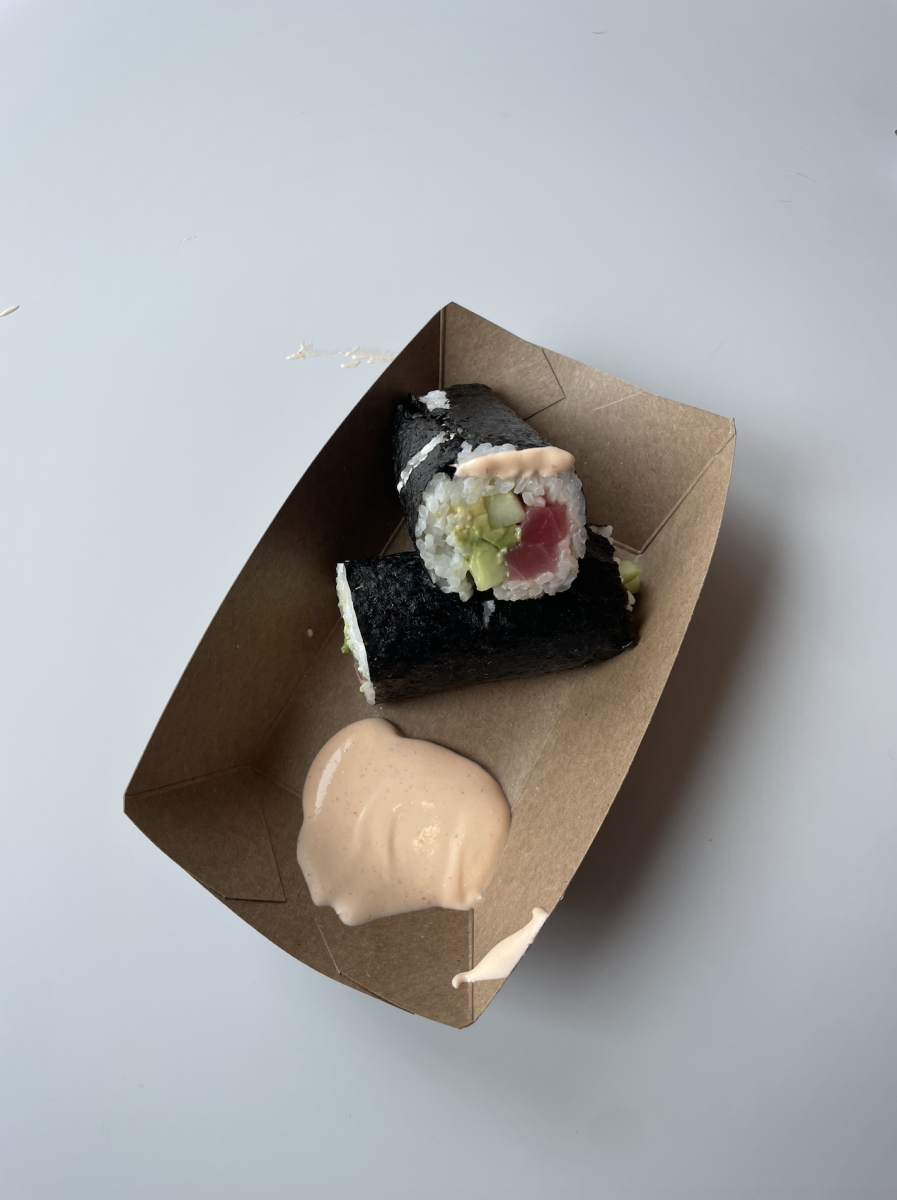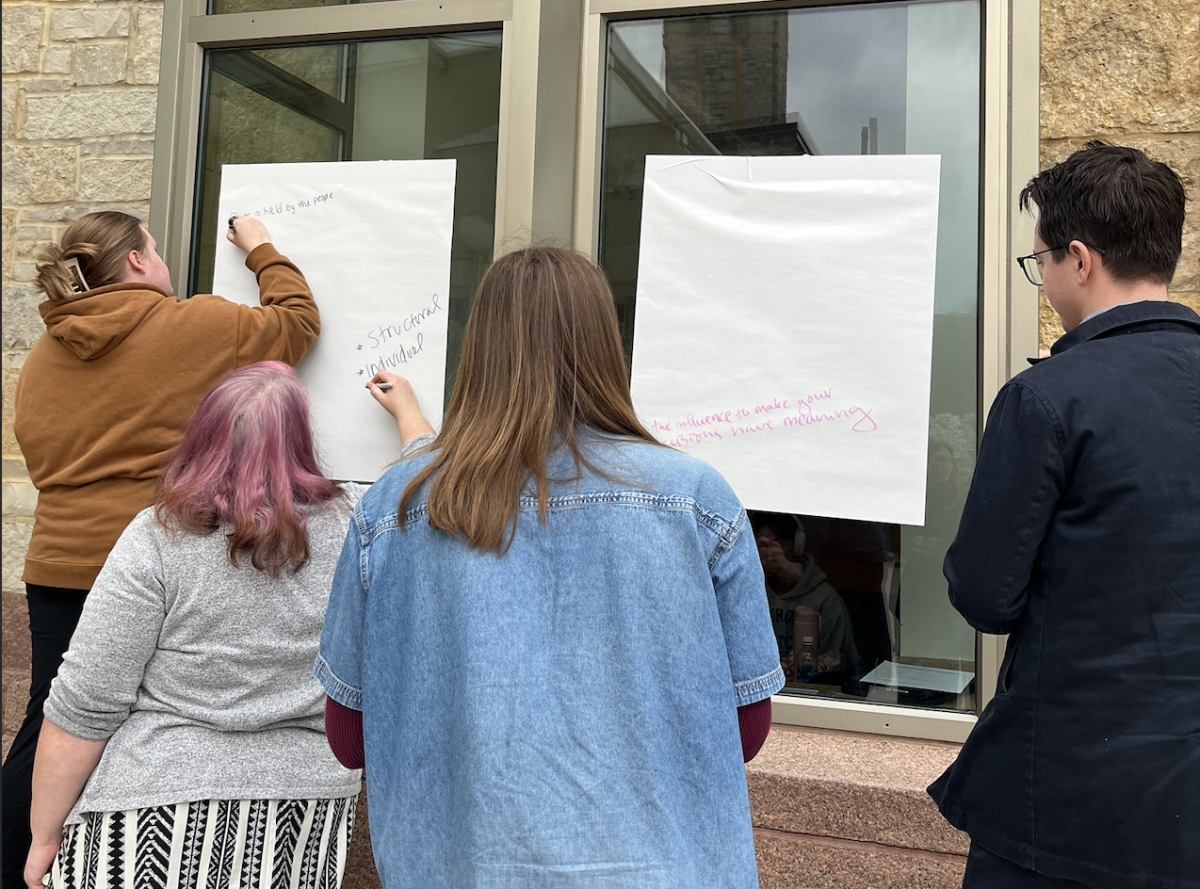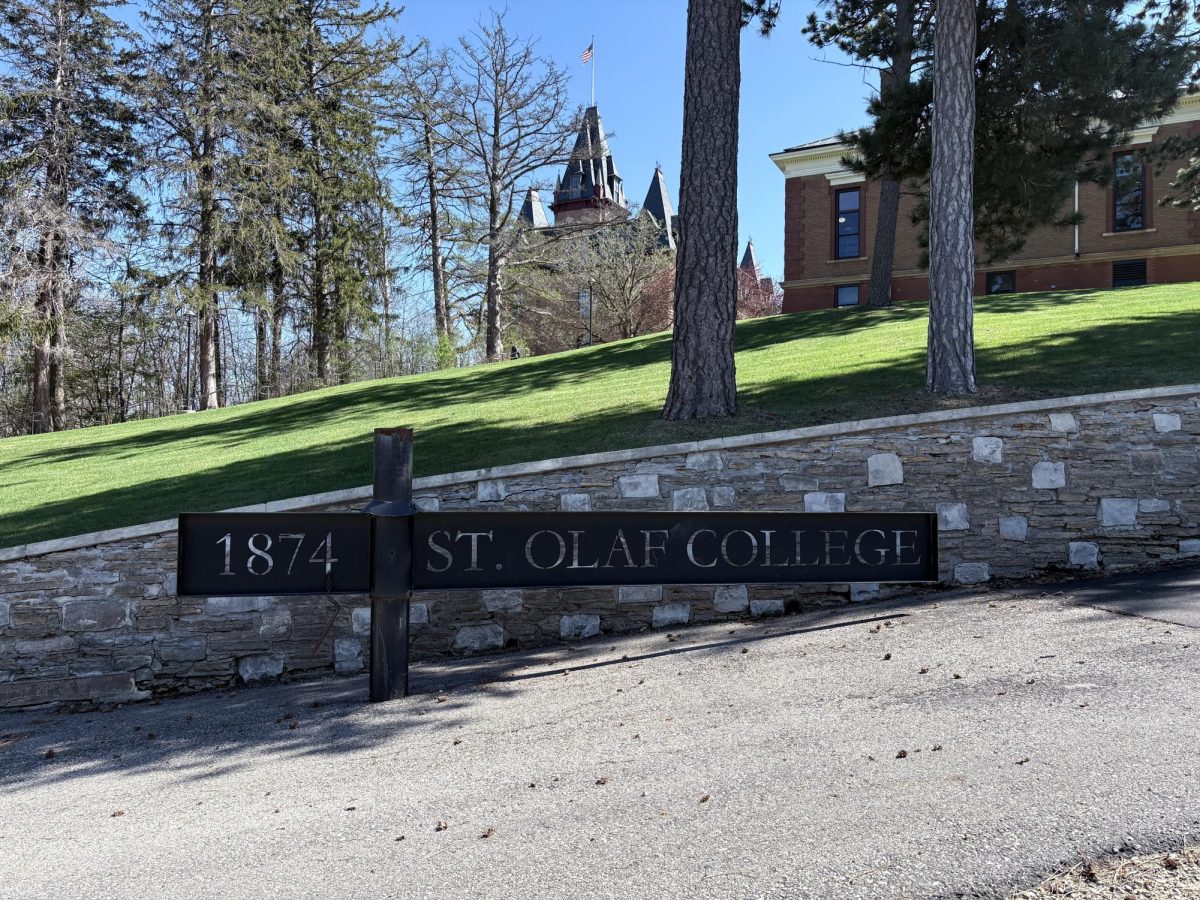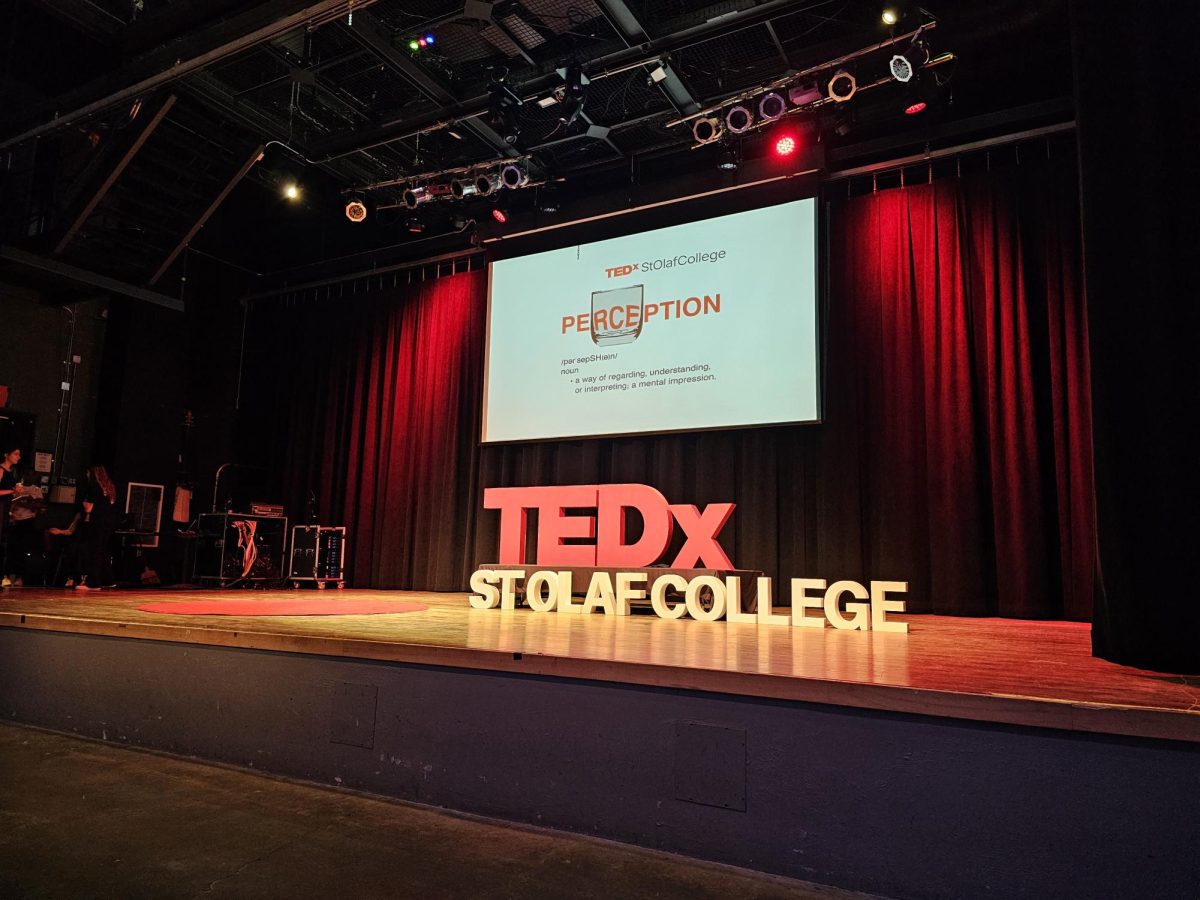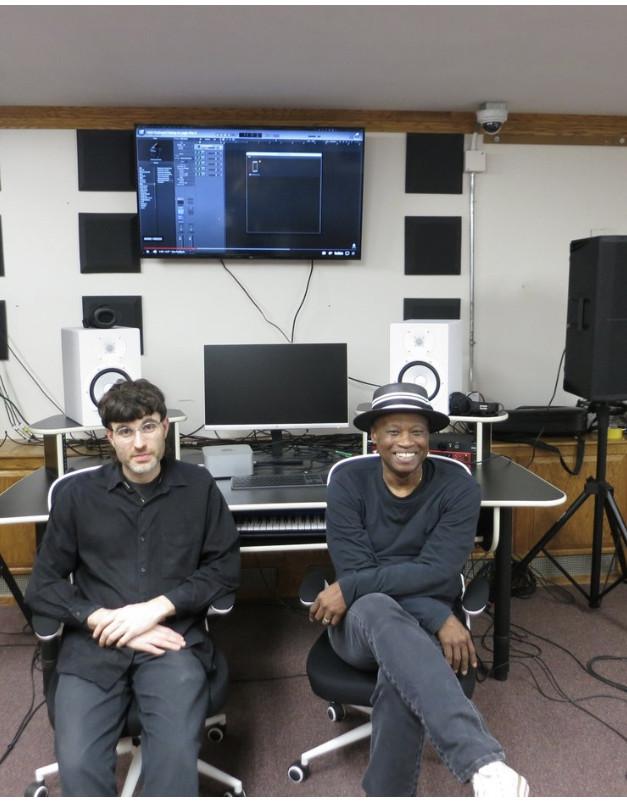A recent study conducted by St. Olaf shows that BIPOC staff, while expressing appreciation for the College’s intentions surrounding diversity, equity, and inclusion (DEI), voiced concerns about the small numbers of staff of color at the College and their experiences of “invisible labor” and “otherness” whilst at St. Olaf. The study’s results have encouraged recent College efforts toward the recruitment and retention of staff of color, primarily through an expanded onboarding process and a heightened emphasis on community building.
St. Olaf collaborated with Dr. Kumea Shorter-Gooden of Shorter-Gooden Consulting to interview 15 staff of color over the course of late April to early May 2021 in the hopes of learning more about the experiences of the College’s BIPOC staff and identifying St. Olaf’s strengths and weaknesses in supporting its staff of color. The College gathered the interview feedback in a report published on June 7, 2021. A copy of the report can be found at the end of this article on the Messenger’s website.
The report highlights a number of “Strengths” and “Challenges” articulated by the 15 staff interviewed for the study. Staff noted the BIPOC affinity group, started by the College in the summer of 2020, as one strength. According to Vice President for Equity and Inclusion, María Pabón Gautier, the group started as a way to address the “state of the college” with other staff of color but expanded into a broader effort for community building.
“[The group] helps with our retention of BIPOC staff and faculty because we’re able to come together,” Pabón said. “And it builds community for myself because I’m able to talk to colleagues, I’m able to speak Spanish, I’m able to not have to code switch. Those are all the pieces we’re trying to put together.”
A number of anonymous quotes from interviewees are included in the report to inform the main takeaways in both the “Strengths” and “Challenges” sections. One quote reads, “I’ve been given resources when I need it and a lot of grace to grow, to stumble. I took a pay cut to come here – but being in Northfield, being in a place that respects work-life balance has made it important.”
But despite these strengths and positive sentiments, staff interviewed expressed a number of common challenges that St. Olaf presents — the small numbers of BIPOC staff and faculty at the college; persistent feelings of having to “prove oneself”; undertaking additional “invisible” labor; elitism, sexism, and ageism by faculty that “exacerbate racism”; and “experiences of microaggressions and being seen as the ‘other’.”
One anonymous quote from the report speaks to the invisible labor felt by staff of color. The quote reads, “For [a] young BIPOC staff person, it feels like there’s no room for growth. Yet you’re overloaded with BIPOC students who seek you out and people want you for every panel and every committee. [This is] additional labor for which you’re not being compensated with money or a title.”
Redressing this “invisible labor” is a focus of the College in terms of both retention and recruitment. Pabón said about expanded recruitment efforts, “We can have these great job boards and training, but if we’re not looking at compensation from an equity lens it doesn’t matter.”
Community building efforts, which Pabón and Vice President for Human Resources Leslie Moore ’77 both emphasized as a primary takeaway from the study, align with the study’s third recommendation — “Strengthen support for BIPOC staff and consider a formal mentoring program.”
Building a supportive community affects staff retention, Pabón said, “because if you don’t find community, if you’re not able to find your peeps, it can feel very isolating and it can be exhausting, because many times you’re code switching. So if you never find that space where you can just be you for a minute, it can take a toll.”
Pabón said that she understands coming into a predominantly white institution (PWI) like St. Olaf can be isolating for BIPOC staff and can lead to several of the challenges highlighted by the study. Moore, in an email response to questions from the Messenger, made reference to the College’s mission statement in regards to these feelings of “otherness,” writing, “The mission statement declares that St. Olaf strives to be a place where ‘people of all backgrounds and identities belong.’ These words could not be clearer, and if the experience of our BIPOC staff is of being ‘othered,’ then we are not aligned with our mission.”
When Pabón and Moore both came into their new roles as vice presidents for equity and inclusion and for human resources, respectively, on June 1, 2021, they prioritized collaborating over DEI-focused efforts to expand previous work in several areas.
“Because we like collaborating, when [Pabón] and I became Vice Presidents we joined forces to improve the advertising, recruiting, hiring, and onboarding of new staff, with a particular focus on our BIPOC colleagues,” Moore wrote in the email.
One immediate change instituted by Moore in human resources was the hiring of Amarin Chanthorn, employee engagement and experience specialist, in January 2022. According to Moore, Chanthorn’s work will focus extensively on “joint efforts” toward the recruitment and retention of BIPOC staff. Chanthorn’s hiring and the increased collaboration between equity and inclusion and human resources mark this growth of DEI-specific work, Pabón and Moore said.
“The differences in our current efforts are threefold: the collaboration between Human Resources and the Vice President for Equity & Inclusion is built into HR’s strategic plan; HR has hired a resource – Amarin – who will be dedicating a significant portion of his time to this work; and HR is allocating new budget dollars in direct support of this work,” Moore wrote in the email.
Pabón noted that last spring’s BIPOC staff study represents a critical part of expanding College efforts. Moore echoed this sentiment, writing in the email, “The study is important because we need to listen and learn from the experiences of BIPOC staff, and then we need to work with these colleagues to create a community that is genuinely inclusive and welcoming.”
Shorter-Gooden Consulting, who the College worked with to produce the study, is a D.C. based firm that specializes in building “the capacity of individuals and organizations to live, work, and thrive in our increasingly diverse world,” according to the firm’s website. Former Vice President for Equity and Inclusion Bruce King first communicated with Shorter-Gooden to work with members of the President’s Leadership Team and to help develop the Co-Creating an Inclusive Community Initiative, according to Pabón.
The firm completed a junior study on BIPOC faculty in fall 2020, and Pabón asked Shorter-Gooden to conduct this additional study on BIPOC staff, whose “experiences are completely different than that of faculty,” Pabón said, in late spring 2021.
“I chose Dr. Shorter-Gooden because of [this] previous experience, her understanding of our college, and the trust that she had built among our community,” Pabón wrote in an email to the Messenger. “Kumea has done other workshops for different departments so she knows us well.”
Throughout all of these various efforts toward the recruitment and retention of BIPOC staff, one thread seems clear — the College believes it must do a better job at creating intentional spaces for staff of color to find community and to express themselves freely and openly.
Pabón said, to this effect, “If we allow people to gather where they can just be themselves and just take a break, if we have those spaces, the experiences of folks, especially marginalized folks, is going to improve.”
“Experiences of BIPOC Staff at St. Olaf College” study report

